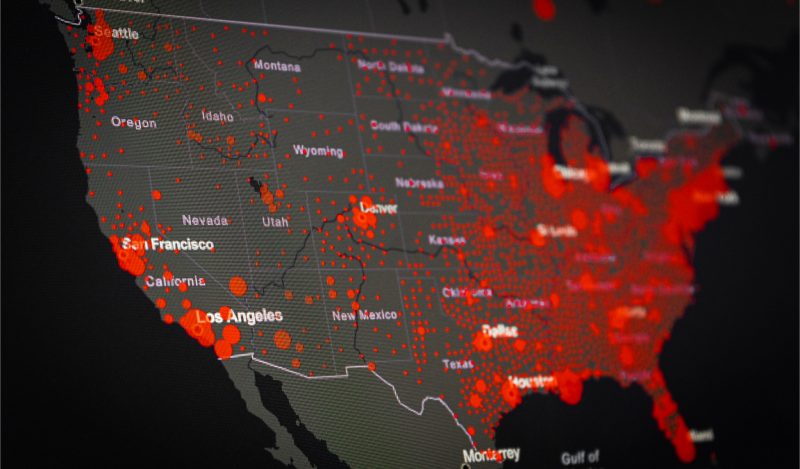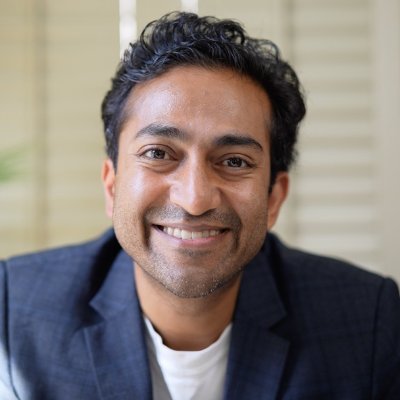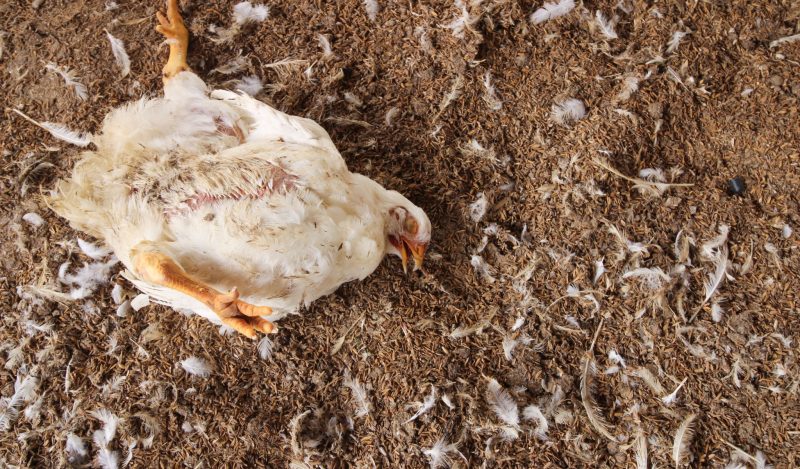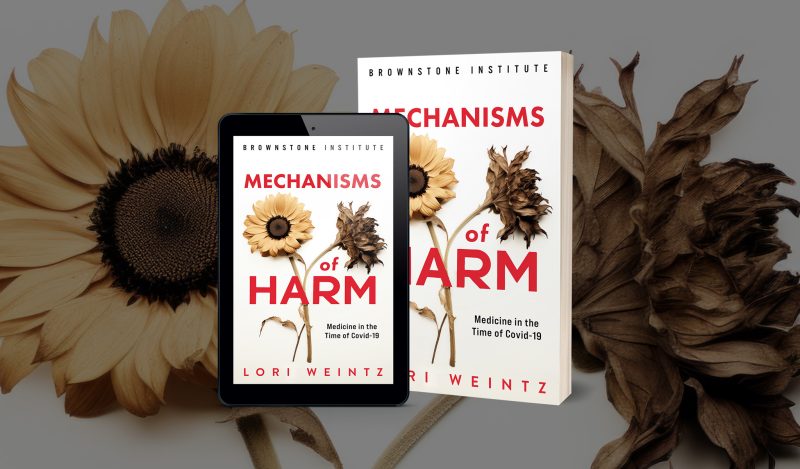Right now, Omicron is on the way down, and politicians are peeling back mandates. Democrats — the party of restrictions— have wisely tried to distance themselves from mandates, which are rapidly becoming radioactive. A few however have made different choices.

Covid-19 cases will continue to fall, but Twitter anxiety is tied to the second derivative. That means when cases start rising more slowly, people relax, and the opposite on the other end.
Very likely Covid case counts will someday rise again. I am not in the modeling business— I prefer to be accurate— so I don’t know when, but surely at some point, they will climb. What will states do in response?
Politicians
It is a tough question. Politicians have exhausted political capital. Even if you think lockdowns work (i.e. transiently slow spread), locking the whole country down in March 2020, when many/most places did not have much spread, likely fatigued the populace and meant by Oct/Nov. many places had zero political capital to take any action. Fast forward to today, and there is simply zero appetite for this even in blue locations. I doubt any place can reinstitute business closures, even if they wanted to.
But delaying infection (outside of true health system collapse, and assuming these things even did that) stopped making sense after vaccination was widely available in the Spring of 2021. Breakthroughs will occur, but all we can do to mitigate harm is vaccination itself. The trade-off of holding society at a standstill is far more unpalatable as time goes on.
When cases rise, politicians will panic. Democrats will be in the tough spot, as they may try again to embrace these (unproven) tools. I suspect some may reach for what they know: masking and business closures, but they do so at their political peril.
Scientists
Scientists could have done better. No one knows which interventions slow spread and which do not, particularly around kids masking, or population-wide n95 use (just because it’s a better filter don’t make it a better policy), we simply don’t know how big the effect size is, or if it only works under some or not other circumstances (such as beyond some prevalence)
The way to figure these out is large, cluster RCTs, but we ran zero in the USA. For this reason people who say now is the time to stop masking, and those who say we need to start it again, are largely making things up. No one knows that it works below some prevalence or above some prevalence. And, we have no data that is reliable at all in kids.
Policy makers
The biggest challenge is for policy makers. What is the goal now? Covid-19 cannot be stopped; it will spread across all people and we are likely to be infected several times over in our lives. What is the goal then? Policy makers have never said what their goal is.
In my mind the goal is to minimize harm of the eventual spread.
This means Step 1: Document natural immunity. We have clear data now that natural immunity is very protective against future reinfection and hospitalization, so someone who has it can be left alone. Offit and others argue they can get 1 dose of vax. This is also reasonable, but they don’t need 3 doses, and we don’t have to waste political energy to force them to get 3.
Step 2: People who don’t have natural immunity, who are older or vulnerable should get 3 doses. Most healthy adults should get 2. But the biggest gains would be if we at least give 1 dose to those who have 0 doses and no natural immunity. We should pursue this vigorously.
Immunocompromised people fall into two categories. The first are folks with transient immunosuppression, such as those immediately after BMT transplant.
These folks may require aggressive efforts to protect and isolate from others (as much as possible) until they recover. They also need 4 doses and maybe also evushield. The second category is permanent immunosuppression. These people may also benefit from 4 doses and evushield, but face a hard dilemma: how to balance living life with being safe? There is no one-size-fits-all answer. These discussions require a personal physician whom you trust.
Slowing spread in healthy young kids (vax’d or not), or among the vaccinated healthy adult population does not make sense anymore. They will all eventually be exposed, the vast majority will do well, and restrictions have serious costs on mental health, socialization, learning, depression, anxiety, weight, social isolation, mobility, and one’s life itself. The costs outweigh the benefits.
Policy makers need to be honest and tell the public what the goal is. Scientists need to run RCTs to see what interventions further that goal. Politicians need to realize they have painted themselves into this corner, and sadly many are in a bad situation. I am afraid the next time cases rise, we will simply tear each other apart, and have no plan at all.
Reposted from the author’s Substack
Published under a Creative Commons Attribution 4.0 International License
For reprints, please set the canonical link back to the original Brownstone Institute Article and Author.









